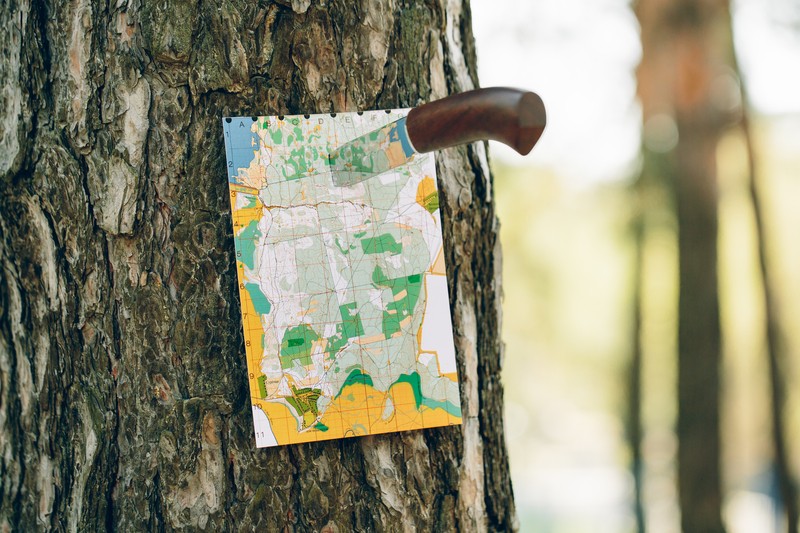The Survival 3's are used to help you prepare for specific survival situations; they let you anticipate your needs and then plan your equipment, food and materials in advance
They also, if you are caught unprepared, let you organize your thoughts and prioritize your immediate and long-term needs as well as specific tasks you have to take to address those needs.
Applying the Rule of Threes
What can kill you in three seconds? Some possibilities are: someone trying to kill you with an effective weapon, falling. or something smashing into you. The first scenario leads to consideration of weapons and defensive equipment and skills, the second scenario leads to consideration of climbing equipment and skills, and the third scenario pretty much is limited to dodging skills. Actually, all of these should also bring to mind avoidance skills. Also, it would seem like darkness would greatly reduce the ability to avoid any of these, so a good flashlight or other light source would seem to have more importance than it might seem at first glance.
Three minutes without air is a problem, but there is not a lot one can do about that. If you KNOW you are going to be in a place without air, perhaps you can arrange to have tanks of air. But this is not practical just “in case”. No, about all you can do is have a filtration masks to filter out “bad” stuff in any air which does exist. This might be a full CBRN mask, all the way down to a wet bandana, depending on likely circumstances, weight, space and even budget.
Three minutes with severe bleeding is also a problem, and there are practical options for this, including tourniquets and combat bandages.Shelter is a difficult subject. Really good shelter is not portable, and decent shelter (a good tent, insulating pad and sleeping bag), while portable, tends to be larger and heavier than other equipment. On the other hand, it is often possible to make shelter using material at hand, although this may be a long process, and in some circumstances may not be practical within the time necessary. Thus having materials and tools to assist in building shelter is usually wise.
Consider what “shelter” really entails. It is that the human body can only exist for a limited period of time in an environment which is significantly outside its “normal” range. “Exposure” is perhaps the leading cause of death for those lost or trapped “in the wild”. If the body is kept “too cold” or “too hot” long enough, it will shut down or at least result in serious injury. Thus, “shelter” requires materials and skills to keep the body dry when it is wet, warm when it is cold and/or cool when it is hot. Keep in mind that the temperature of a large object (ground, body of water) with which the body is in contact is at least as dangerous as the temperature of the air, thus any consideration of shelter must include insulation from the ground.
Fire can be a key component of “shelter” as well as many other survival aspects. That is why having fire-making equipment and skills is critical.
Water is pretty straightforward. Although it is possible to live three days without it, this should be avoided. It will be very unpleasant, reduces your ability to think and act in support of other survival aspects, and may cause long-term damage. To minimize this, you can have water stored and/or have ways of getting, carrying and using water you find. It is wise to always assume that water may be contaminated with particulates, chemicals and/or biological hazards, and consider the skills and equipment necessary to “purify” these problems.
Applying the Rule of 3's is not difficult and it is a good way to lay out the foundation of your survival plan, equipment, supplies and materials.
It also let's you assess your situation and determine what you likely would face and plan accordingly.
To see other ways the Survival 3's or Rule of Threes can be applied, including helping to prioritize in an crisis, check out Survival Life.
